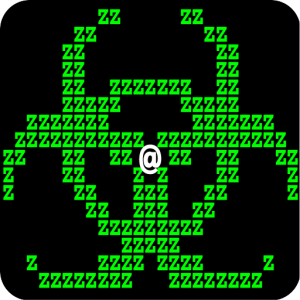

I think I went 12th Gen for my brothers computer
12th gen isn’t affected. The problem affects only the 13th and 14th gen Intel chips. If your brother has 12th gen – and you might want to confirm that – he’s okay.
For the high-end thing, initially it was speculated that it was just the high-end chips in these generations, but it’s definitely the case that chips other than just the high-end ones have been recorded failing. It may be that the problem is worse with the high-end CPUs, but it’s known to not be restricted to them at this point.
The bar they list in the article here is 13th and 14th gen Intel desktop CPUs over 65W TDP.




















Not to mention PCs with them.